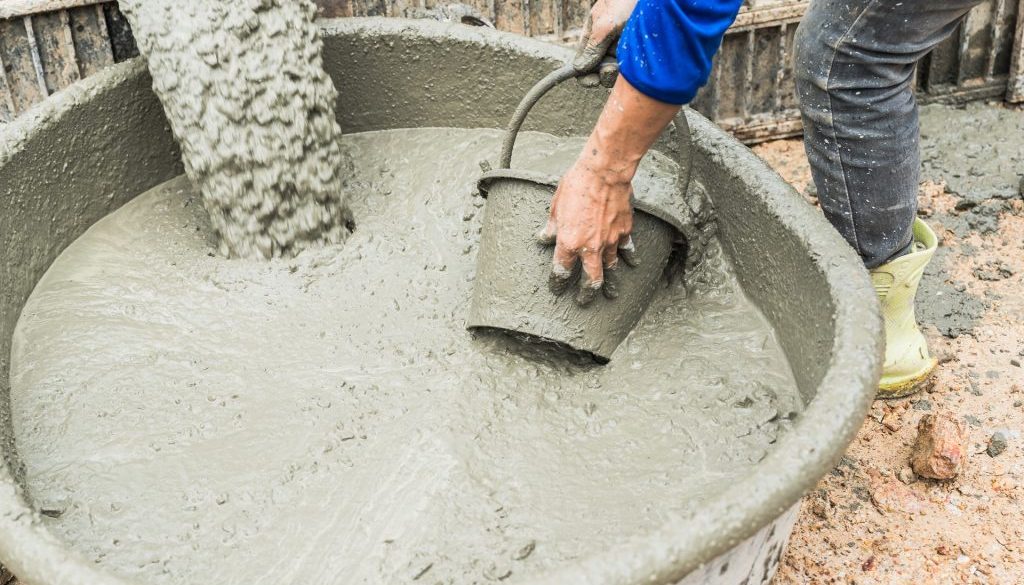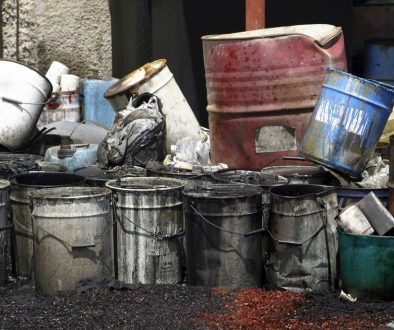In an era where sustainable construction practices and eco-friendly materials are rapidly gaining momentum, green concrete stands as a significant and innovative solution for the construction industry. With its environmentally friendly properties and potential to address various challenges associated with conventional concrete, green concrete presents a compelling opportunity for construction professionals. In this article, we delve into the concept of green concrete, examining its benefits, applications, and the key factors to consider when implementing it in your construction project.
As a family-run skip hire and aggregate company servicing Staffordshire, we have embraced the shift towards sustainable and eco-friendly materials, and we believe that the use of green concrete aligns perfectly with our commitment to providing environmentally responsible solutions for the construction industry. Our expertise in aggregates allows us to delve into the topic of green concrete, offering valuable insight to our clients who are exploring innovative materials and practices for their projects. We understand the importance of keeping up with the latest advancements in the industry, and green concrete is undoubtedly a game-changer in the realm of sustainable construction.
Exploring Green Concrete: A Sustainable Solution for the Construction Industry
1. The Environmental Benefits of Green Concrete
The primary advantage of green concrete lies in its reduced environmental impact when compared to conventional concrete. These benefits include:
– Reduced carbon emissions: The production of ordinary Portland cement generates a significant amount of CO2 emissions. Green concrete utilises cementitious alternatives that lower CO2 emissions during manufacturing, contributing to a reduced carbon footprint for the building project.
– Utilisation of waste materials: By incorporating recycled aggregates or industrial by-products, like fly ash, green concrete promotes resource conservation and waste reduction initiatives. This also reduces the demand for natural resources and minimises waste sent to landfills.
– Energy efficiency: Green concrete’s insulating properties can result in improved energy efficiency within buildings, reducing energy consumption and emissions associated with heating and cooling systems.
By choosing green concrete for your project, you actively contribute to a more sustainable construction industry, addressing pressing environmental concerns.
2. Applications of Green Concrete in the Construction Industry
The versatility of green concrete allows for its use in various construction applications, including:
– Residential and commercial buildings: Green concrete can be used for constructing residential and commercial buildings that aim to be environmentally conscious and energy-efficient.
– Infrastructure projects: Green concrete is suitable for various infrastructure projects, such as roads, bridges, and pavements, where durability and strength are required, but environmental impact concerns are also a priority.
– Landscaping projects: Green concrete can be incorporated into landscaping projects, such as retaining walls, garden paths, and other hardscape designs, ensuring a sustainable and long-lasting solution.
By considering green concrete for these applications, you can demonstrate your commitment to sustainable construction practices while benefiting from the versatile and durable properties of this material.
3. Factors to Consider When Choosing Green Concrete
When choosing to incorporate green concrete into your construction project, it’s essential to consider several factors that can impact its performance and suitability:
– Material selection: Evaluate the recycled aggregates and cementitious material options available to find a combination that meets your requirements for strength, durability, and environmental performance.
– Suppliers and logistics: Collaborate with trusted suppliers who specialise in green concrete and can offer technical support. Also, consider transportation impacts when selecting materials and suppliers to minimise the environmental footprint further.
– Costs and return on investment: While green concrete may involve higher initial costs, consider long-term savings associated with reduced maintenance or energy consumption that could balance costs in the long run.
Careful consideration of these factors will ensure that you make an informed decision and successfully incorporate green concrete into your project.
4. The Future of Green Concrete in Sustainable Construction
As the demand for sustainable construction materials grows, the development and innovation in the field of green concrete can be expected to continue:
– Advanced cementitious alternatives: Research into alternative cementitious materials that offer improved performance and reduced environmental challenges is ongoing, opening up new possibilities for greener concrete production.
– Enhanced performance properties: Scientists and engineers are working to enhance the performance of green concrete further, developing new technologies and additives that can improve strength, durability, and sustainability.
– Wider adoption in the construction industry: As the benefits of green concrete become better understood, the construction industry is likely to embrace this material more widely, with the potential for green building certifications and incentives to drive its adoption further.
By staying informed about new developments in green concrete and continuing to prioritise its use, the construction industry can contribute significantly to global sustainability efforts.
Conclusion
Green concrete is a sustainable solution that presents numerous benefits and opportunities for the construction industry. By adopting this cutting-edge material, construction professionals contribute to the industry’s progress in addressing environmental challenges and play a part in building a more sustainable future.
As a family-run skip hire and aggregate company servicing Staffordshire, Enviro Skip Hire is dedicated to promoting sustainable practices in the construction industry, including the use of green concrete. If you’d like to learn more about green concrete or any other eco-friendly aggregates and materials, please do not hesitate to contact us. We’d be more than happy to discuss how we can help you best support a greener construction project.




